Liminal spaces fill our lives more than we realize. They are journeys and times of transformation that can take numerous forms. Most of our lives are spent moving from where we were to where we will be. Walking down hallways, grieving the loss of a loved one, or traveling for the holidays are all liminal spaces we encounter in life. Liminal spaces can be physical, emotional, or metaphorical.
We don’t give much thought to physical liminal spaces. The hallways, cars, airports, and elevators we occupy daily are all examples of physical liminal spaces. They lead us physically from where we were to where we are going. These spaces don’t typically cause any upheaval in our lives (except for maybe air travel). They simply take us from one physical space to another.
Emotional and metaphorical liminal spaces are often more challenging because they typically require a change in who we are and how we live our lives. This can be profoundly uncomfortable work. We frequently spend time avoiding these spaces. We don’t want to face the grief, uncertainty, and confusion that occurs when we are navigating the loss of a loved one (emotional) or making a major life decision (metaphorical). However, these are the spaces that allow us to suck the marrow from life. In these in-between spaces, we learn markedly, live deeply, and build character. We shouldn’t endure these spaces until happy days return but embrace them wholly. They require us to look internally at who we are and what we want. Occupying these spaces completely is a hero/heroine’s journey.
Liminal spaces aren’t the exception to life. They are daily life.
We sometimes choose to enter a liminal space, such as going on retreat, taking a pilgrimage to Mecca, or walking the Camino de Santiago. These physical liminal spaces also put us into an emotional and/or metaphorical liminal space. Other times, we are thrust into a liminal space when our uncle dies or a relationship ends.
Liminal space is why Forrest ran. He needed something for his body to do while his mind and heart traversed an emotional in-between. He entered a physical liminal space (running on a road) to deal with an emotional liminal space. This form of “mending fences” provides physical movement while we do the internal work.
Wayfair doesn’t have just what we need in these instances. No amount of retail therapy or alcohol will numb us out of this uncomfortable space. We can’t fill the void or soothe the discomfort away. There is no way out by through. We can’t speed up or hack this process. We must fully live in the liminal space and allow it to unfold, which requires faith and patience. We are the passenger, not the driver, in this land.
Liminal spaces are the cold, rainy, windy April days, allowing May flowers to sprout. These times clear away the old and make space for the new. Most liminal spaces occur in isolation, but sometimes, an event creates a collective liminal space. A family death, 9/11, and the COVID-19 pandemic are all examples of shared liminal spaces. Only some people embrace these in-between places. Even during the pandemic, it was easy to find examples of people who did everything possible to avoid entering the liminal space COVID-19 created.
Once we accept the discomfort and commit to doing the work, liminal spaces become a gift because they allow us to become more acquainted with our authentic selves and the freedom to make the changes necessary to bring ourselves into alignment. Liminal spaces place us on the precipice of a new beginning, but only if we allow it.
Make the scones. Paint the room. Train for the triathlon. Cultivate that sourdough starter. Sing the sea shanty and post the video to TikTok. They will help us navigate the terrain.
I discovered the writings of Rainer Maria Rilke in the last 20s. I keep coming back to one of his quotes from Letters to a Young Poet:
“… have patience with everything unresolved in your heart and try to love the questions themselves as they were locked rooms or books written in a very foreign language. Don’t search for the answers, which could not be given to you now, because you would not be able to live them. And the point is to live everything. Live the questions now. Perhaps then, someday far in the future, you will gradually, without even noticing it, live your way into the answer.” (Rilke, p14)
Rilke gave us a Northstar to navigate liminal spaces in these lines. Focus on living the questions to live our way into the answers. Don’t try to rush or spend time looking for a quick fix. Relish the questions, the hard, the unknown, the liminal space. Let it soak deeply into our being so it becomes part of us. From this space between will come the answers we seek and the new beginning meant for us.
The transformation can take us to places better than we can imagine.
References
Rilke, R.M. (2001) Letters to a Young Poet. Scriptor Press. https://kbachuntitled.files.wordpress.com/2013/04/rainer-maria-rilke-letters-to-a-young-poet.pdf
Rohr, R. (2011). Falling Upward: A Spirituality For the Two Halves of Life. (1st ed.). Jossey-Bass.
This post is part of a series on liminal Spaces. Use the links below to access the other parts of this series.
Part 1: The Life that Almost Was
Part 3: A Life That Almost Was














